Mobile photography has made huge strides in a short time. We have this great powerful device in our hands or pockets now with all the extra tools and software needed to capture, edit and distribute our images in an extremely efficient and flexible manner. These devices output high enough quality images for commercial stock applications — provided the person looking through the viewfinder understands the fundamentals of what makes an image work.

Top 10 (okay, eleven) Mobile Photography Tips
The keys to taking better mobile photos are in some ways the same fundamentals that apply to taking a picture with a pro SLR or any other camera. The best camera is the one you have with you when the opportunity arises: the tools may be different but the factors that make an image great are the same regardless of the box that captured it.
With that said, a mobile device is a different kind of box, and takes some getting used to. Here are our tips for taking better mobile photographs.
1. Know Your Gear
Understand how your mobile phone camera works and get familiar with its limitations. Yes, it has limitations. Typically these cameras have a limited shutter-speed range and a fixed aperture, so major in-camera exposure adjustments are made by adapting the ISO. The good news is that there are apps to help get around or hack your mobile camera’s limitations.
2. Know Your Apps
The right apps can help you overcome the limitations of your device.
Camera+™ and Camera Awesome™ (Apple® iOS only) have grid tools, levels, image editing and great controls for exposure and focus. They give you robust filters and interfaces for quickly uploading and sharing your images to social media sites.
Editing apps like Adobe® Photoshop® Express, Photoforge, and NIK® Software’s SnapSeed (iOS / Android) give great control and effects.
Slow Shutter can create dreamy long-exposure effects like flowing streams and evening hour light trails, while keeping the high ISO noise to a minimum.
Always save your images at the highest possible resolution and make copies before you apply any filters. Some apps won’t let you go back. Don’t lose good shots to impulsive filter decisions.
3. Get the Exposure Right
Your final image will always be better if you get the exposure right in-camera: this is just as true with a mobile camera as a DSLR. Even with all the great editing apps and filters available, exposure fundamentals remain the same. Get it right in-camera then play with it afterwards.
Small sensor cameras need light! Use the sun, get in the shade, use a piece of paper to bounce light, wait for the right light, use a flashlight or another mobile phone screen as a light source — make use of your existing knowledge to get the best light. Be patient.
Use your mobile phone camera flash as a last resort — it’s as bad if not worse as the one on your old Nikon Coolpix.
4. Composition is (Still) King
Again, use the knowledge and skills you already have. Mobile photographs are well-composed for the same reasons as any other photographs:
- Get level — keep those horizons and verticals in check. (Many camera apps have horizon levels and grids.)
- The rule of thirds — is still the rule. Don’t always centre your subject.
- Use curves and converging lines.
- Use positive and negative space.
- Know your color! Make use of complimentary colors. Use color patterns and shapes to add compositional interest.
- Watch your backgrounds. Poles growing out of people’s heads or lines cutting through them ruin mobile shots just like they ruin any other shots.
- Direct — Don’t wait around for the perfect composition to happen (or settle for what you’ve got). Move things and people. Arrange your frame so that is makes you happy.
- Break the rules! But know why and when to break them.
5. Frame your Shots
Use objects in the foreground to frame the main subject and give depth to your shots. Shoot through windows, mirrors, other objects — framing provides context and adds interest.
6. Change your Perspective
Look for different angles and viewpoints to add interest to your composition. Don’t be afraid to get down on the ground or climb a ledge for a bird’s eye view. Your camera is way smaller now — take it places.
Get close and focus on the small details, or go wide and give more context and sense of place.
Play with Apps: tilt-shift effects, distortion, and selective focus/blur can add cool variety.
7. Black & White
Black & White compositions work in mobile for all the same reasons they do in other photography:
- Removing color can add impact by distilling the image down to its essence.
- Eliminate competing colors.
- Take advantage of backlighting and silhouette.
- Use B&W to save a noisy or poorly-exposed image.
Always save the full-color original and re-import a copy for your black & white version.
8. Crop It
Sometimes things happen quickly and you need to react instantly to get the shot — without getting quite enough time to compose. So shoot wider than you need and crop. The resolution of phone cameras gets higher and higher with each generation. There are a lot of pixels, so focus on getting the shot using a full-frame app like Camera+, then edit later.
When you have the time for careful composition, the right crop can change or enhance the context of an image.
Try cropping to a square (like Hipstamatic / Instagram) to add focus to the main subject.
9. Accessorize
If you are a gear-head, there are more than enough gadgets out there to make you happy:
- Get a little mobile tripod with clips for that steady shot.
- There are all kinds of clip-on and magnetic lenses out there: fisheyes, macros, telephotos. Avoid the digital zoom if you can.
- Save money with a little ingenuity and what you have on hand. Shoot through the lens or viewfinder of your SLR or pocket camera — or even a pair of reading glasses.
10. Take More Pictures (Or, ShootUploadRepeat)
The advantage of digital photography is that we have unlimited film and instant feedback. The advantage of mobile digital photography is that the camera fits in your pocket. Just shoot it — happy accidents and defining moments happen all the time.
11: Keep an Open Mind
A lot of people get excited about the possibilities offered by mobile technology. As with any new tech though, there are skeptics. Some of you may have prepared the following rant:
I’m a professional with professional gear that cost a lot of money and I invested a lot of time into mastering it and now you’re telling me to go play with toys why the h*ck would I waste my time I mean this is real business serious stuff not Angry Birds what are you trying to tell me anyway?!?
Yes, the expensive professional gear you spent time mastering is a valuable asset to you as a professional photographer. In many cases your 5dMKII is the right tool for the job.
But it is your eye, mind, and skill that make you a professional, not your gear. What we’re saying is: your mobile device can be a tool for stock production. It isn’t necessarily going to replace any of your other tools, but it is an option.
What we’re saying is: play, experiment, and see what kinds of images these tools lend themselves to. Take advantage of the intimacy and spontaneity of your mobile device. Have fun taking pictures.
About the Author:
This article was kindly contributed by iStockPhoto, the web’s original source for royalty-free stock images, media and design elements.
Like This Article?
Don't Miss The Next One!
Join over 100,000 photographers of all experience levels who receive our free photography tips and articles to stay current:
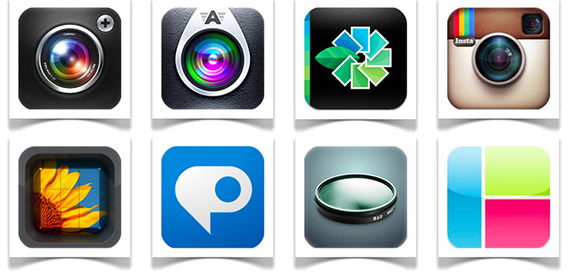
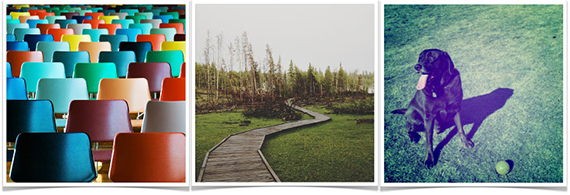
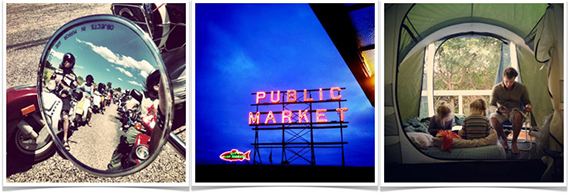
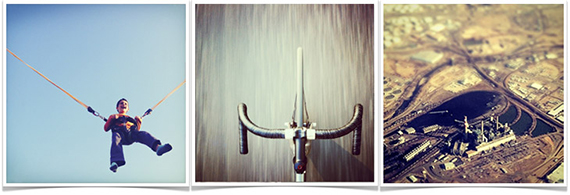

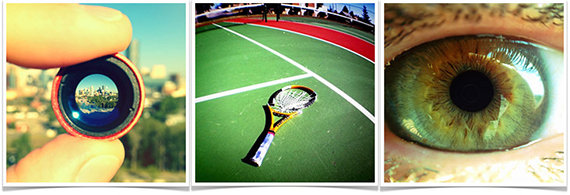






Description of every single topic was amazing. Great post! Thank You.